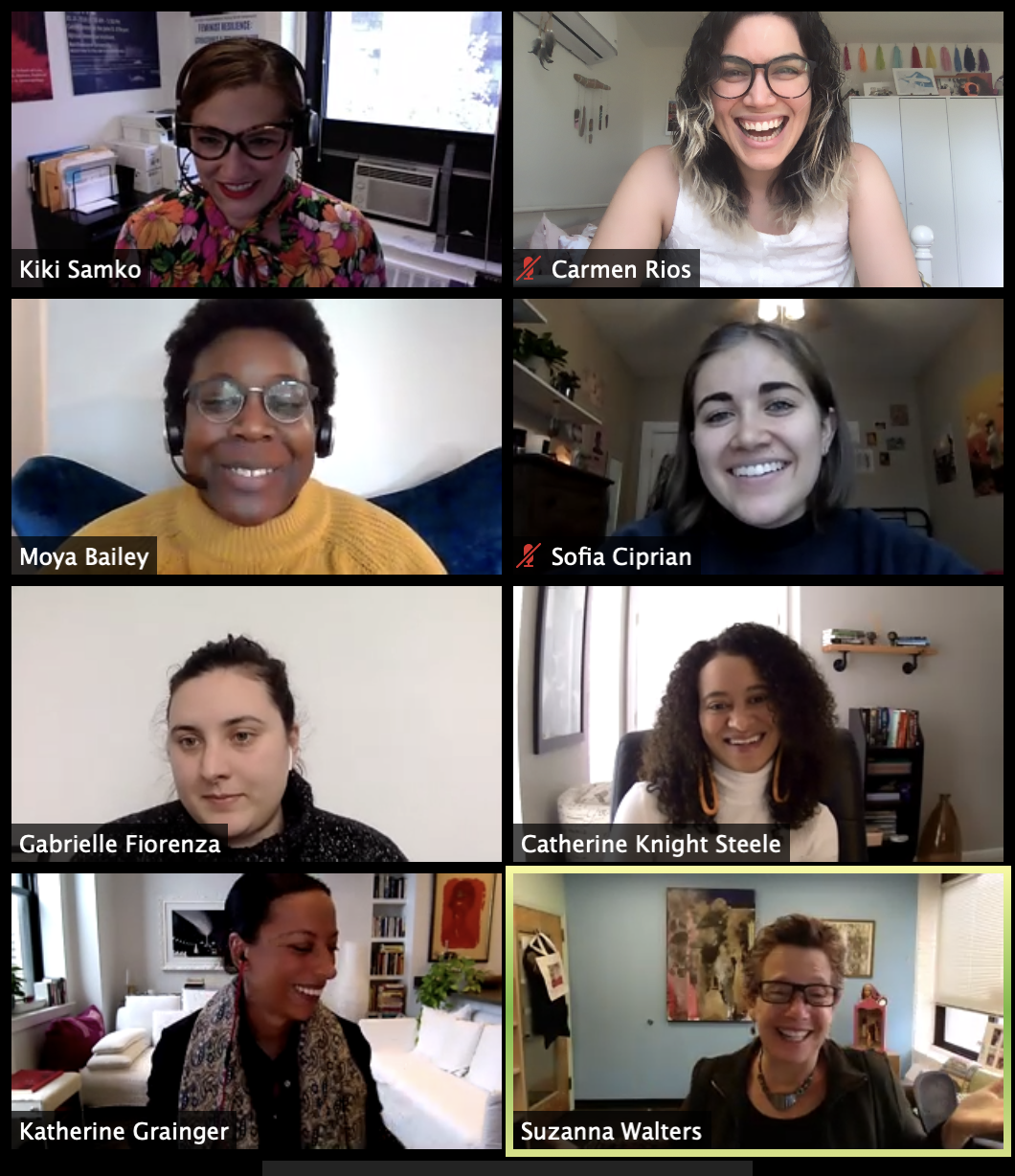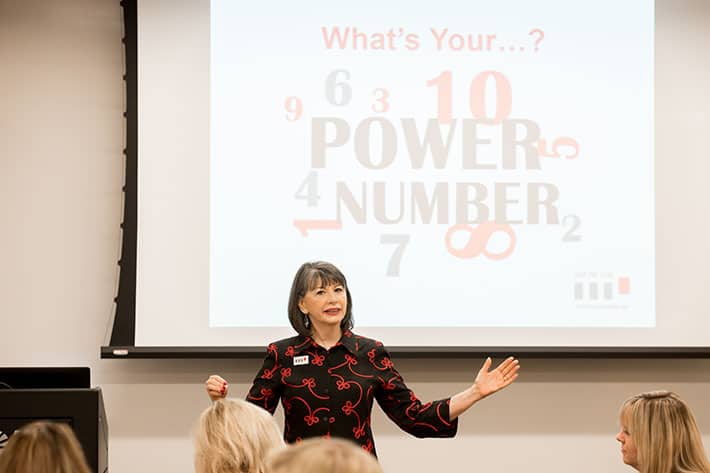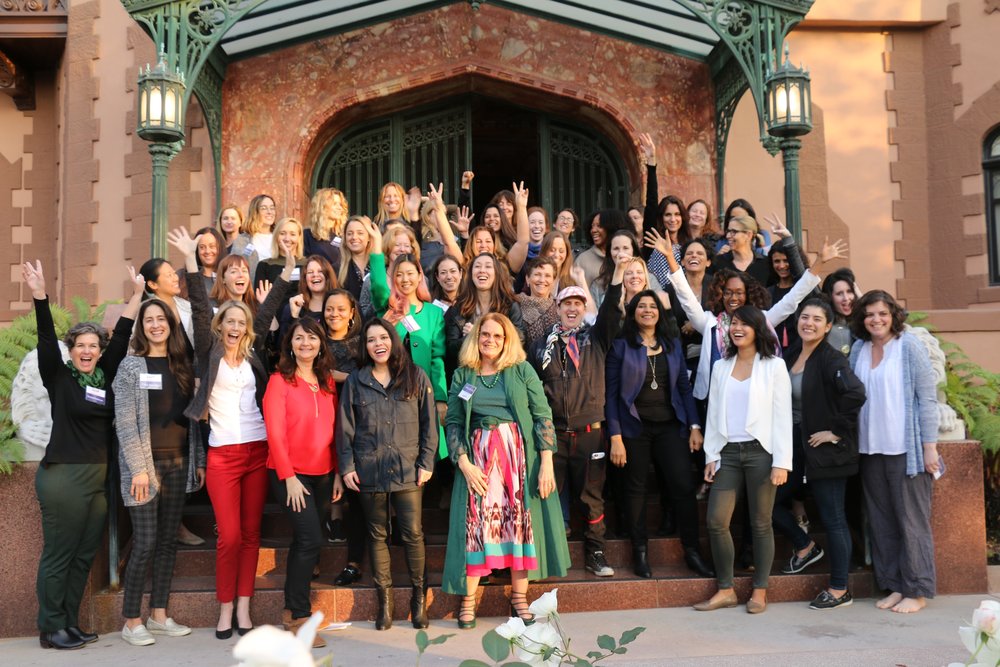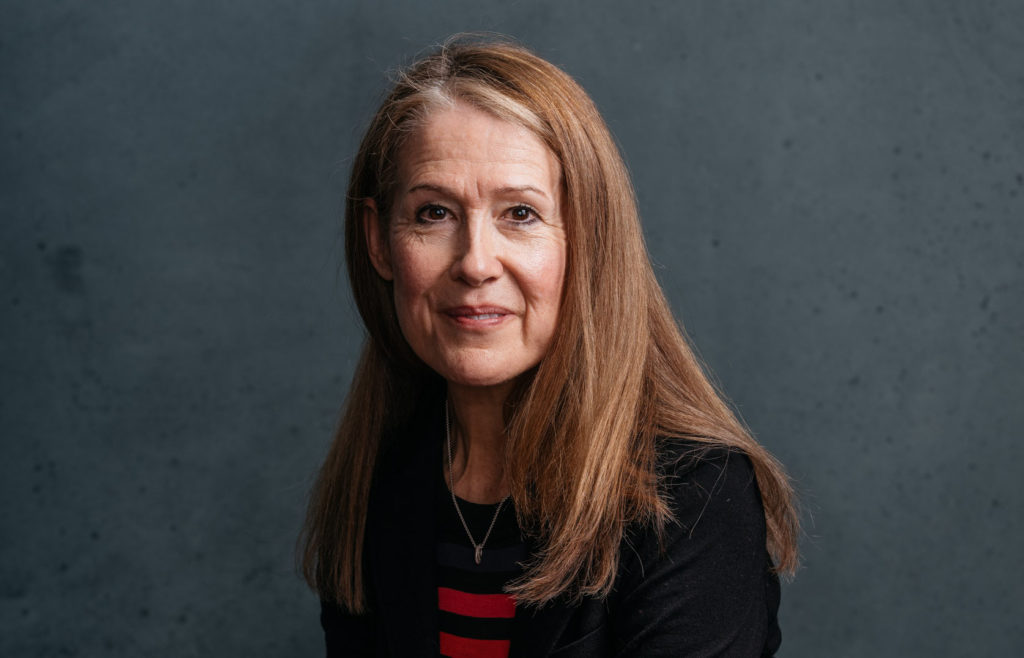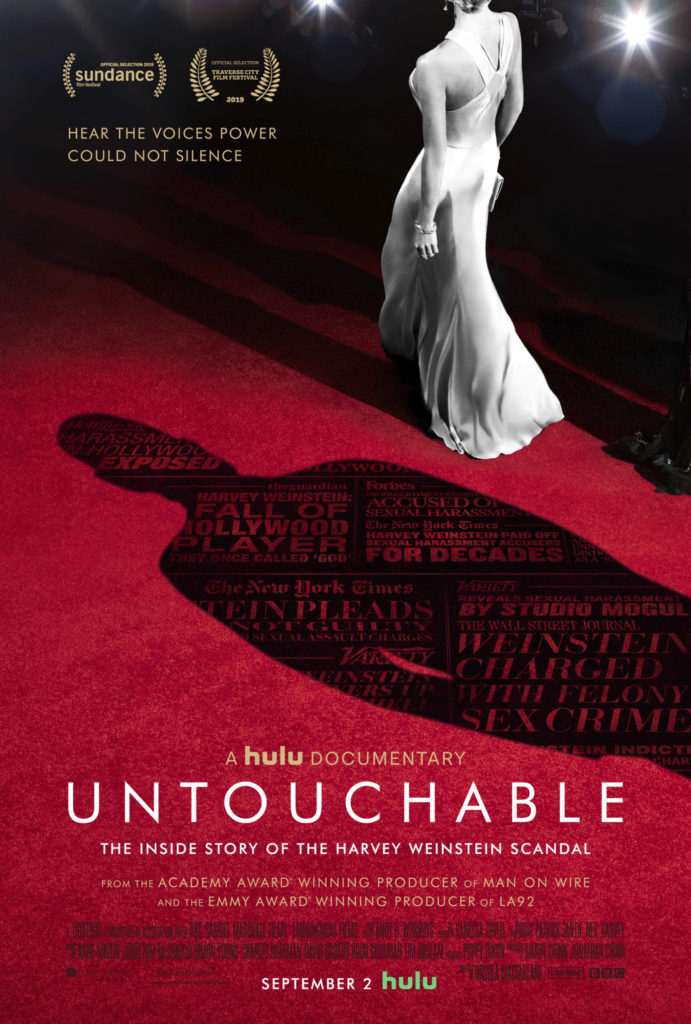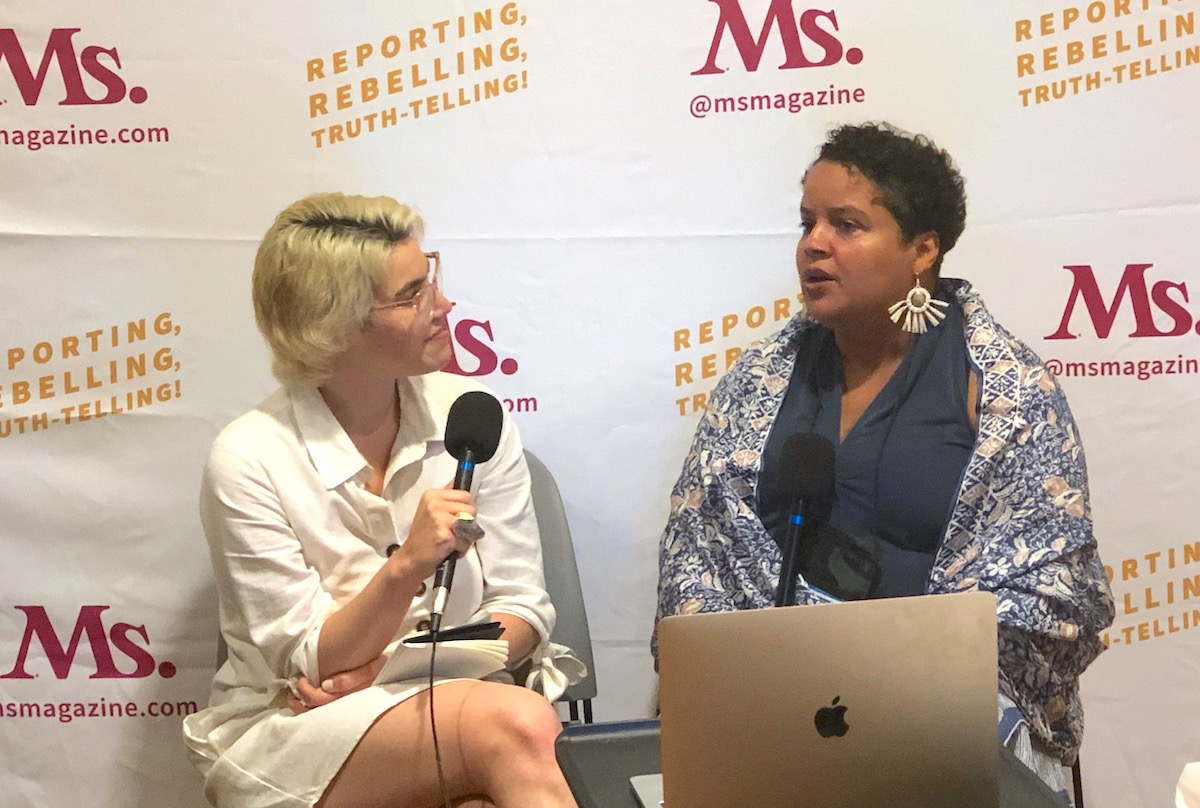Carmen spoke in the final stretch of the 2020 Election at Northeastern University’s WGSS Department symposium on feminist politics—#FEMINISM: Gender and the 2020 Election—during a panel called #MakingFeminisms: Organizing Resistance Online and In Real Life, moderated by Moya Bailey. Alongside Katherine Grainger and Catherine Knight Steel, Carmen spoke to the power of feminist possibility online and the urgency of constructing digital feminist spaces. These are her planned remarks as written.
Katherine, I am so glad you urged us to see feminist possibilities. Today, I want to urge us all to embrace the digital possibilities unfolding in 2020—and that call can only begin, for me, with my own story. Because digital space is where I first saw the possibility of a different world—and where I first imagined new futures.
My personal history of the Internet starts in the early 00’s, as all good stories of the Internet do: I was one of the last people in my town to get the Internet in her house, in 2003 when I was thirteen. We were a family of three living in a two-bedroom apartment: My brother and my single mother had four walls and a door to live behind, but I was based in the den—three walls attached to our living room, with no door to hide behind, and basically no privacy. Imagining us now in that space feels suffocating, but back then I didn’t blink at how much we were shrinking to survive.
In fact, once I heard the sweet sound of a dial-up connection for the first time, my world began expanding, rapidly—and I began commuting each night to my mother’s room, setting up shop in the corner at the family computer, staring into the gleaming screen of an extremely nineties computer monitor with only the ping of AIM messages disrupting my travels through time, through space, through the boxes I had been made to live in. I was a working-class girl in a tiny town in New Jersey, part of a class of two dozen kids at the K to 8 school down the street, but suddenly I felt I had become a citizen of the world.
I couldn’t have possibly known then how that technology would unfurl globally and change me individually—or that five years later, it would become the lightning rod of my tiny life.
I was seventeen in 2008 when Hillary Clinton was running for president, and during the campaign I was distraught by the casual sexism I saw everywhere—on TV and in my community. Most of us talk about secret Hillary Clinton Facebook Groups and we’re thinking about just four years ago. But I sought solace in a secret Hillary Clinton Facebook Group 12 years ago. I used to cavort with them, infiltrate right-wing groups and start debates or post facts and run away, fight people on my page or their page and call in my troops to have my back.
In the midst of my failed teenage attempts to belong, I had finally found a place where I was not alone. Until recently, I shrugged that off—silly, young me, talking to strangers, probably dangerous, what a loser. But the day Hillary Clinton conceded in 2008, I watched the speech on TV from my bedroom floor, wiped away my tears, and then turned around, logged on to my computer and went online to grieve with my people. And I felt better—less alone, less crazy—and less burdened by the heavy weight of the moment, because I knew in real time that I wasn’t carrying it alone. People from that group reached out to me, knowing I was the youngest and probably the most unmoored. They passed down messages of hope and optimism that nobody with my limited experience could have conjured within herself. They took care of me like only community members can take care of one another. They were, in large part, the people who set me on the path to the work I did for the next ten years.
In 2016 I hungered again for that kind of community, so I built it by opening The Underground Hillary Club. I was not the only person who liked Hillary in my circle of friends from across the country—far from it. But I was one of the few willing to declare it, and then to stand by it, as the comments rolled in—as I was attacked from the left and the right, not over policy, not over qualifications, but over whether or not the 19th Amendment was a mistake, or I should die and go to hell, or I should shut the fuck up and let a man lead the country, not a shrill bitch who could not satisfy her husband. I started the group so that all of the people who were messaging me on Facebook to thank me for simply admitting I liked Hillary Clinton on the Internet could connect; so we could vent our frustrations together.
So much has been said about groups like mine—but something that is largely missing from that conversation is the radical power these digital communities held for us then, and the role they played in the explosive feminist energy that emerged after November 2016. The Underground Hillary Club quickly grew to over 5,000 members, and it rapidly transformed from a water cooler to a de facto war room.
Over time, I realized that the courage so many of those first members thought I alone embodied had become contagious. In this digital space, women found the support they needed to speak their minds beyond it. We shared strategies, resources and talking points to empower us when we entered into public conversations or one-on-ones with hostile friends and colleagues. And when we needed help in our public acts of politics, we threw up a batsignal in the group and the troops sent themselves in to like, comment and mobilize against any digital backlash. We went underground to find each other, but we ultimately resurfaced, with fire in our throats, because we knew we had sisters waiting in the trenches to support us. My small segment of a modern silent majority had become a band of outspoken feminists.
These Facebook groups in 2008 and 2016 weren’t explicitly activist communities. But when you build a community for people who are isolated from one another, who are outcast by those in power and with the privilege of a “neutral” identity, who are told to shut the fuck up and sit down or get back in the kitchen—you are also building movements.
This became obvious to me through my parallel work as the Community Director at Autostraddle, the world’s most popular website for LGBTQ women. Autostraddle’s readers were the only people on the world wide web who purposely read the comments—and found reprieve in them. In the comments on Autostraddle articles, strangers from around the world celebrate each other’s engagements, weddings, promotions, coming outs; in this digital space, people who had no support system in the “real world” found friendship, resources, confidantes and partners in commisseration that very often formed a literal lifeline for them. They also found the courage to get louder, to live more proudly. Autostraddle allowed all of us, no matter our circumstances, to imagine a different world—one where we were free to be who we were and loved for it. Autostraddle allowed us to see that that kind of world was possible.
The digital nature of Autostraddle is the secret sauce. Only in digital space can queers from many geographic locations even be themselves, and only in digital space can all of us begin to feel like the world outside our doors is not quite as suffocatingly straight and cis. We may not be a majority of the population, but in digital space, we got a taste of how it feels to wield that kind of social power—to look around and know that everyone is like you.
In a world where physical spaces for women and queer people have been shuttering steadily over the last few decades, and where queer communities range in size from “every single person in this goddamn city” to “me and the one other gay person from my high school,” the women who founded Autostraddle built a digital room of their own—and we, the team and the readers, came together time and again to keep it alive, Our cash-strapped readers donated whatever they could spare to pay for new servers and more tech support whenever Autostraddle was in danger of shutting down, and they never quit on each other. They never stopped showing up over and over again for each other online.
Those Hillary groups in 2008 and 2016 showed me the revolutionary power of community-building in digital space. And my work at Autostraddle proved that we could also do so out of the clutches of big tech—on our own terms. These experiences proved to me that the feminist possibilities that could unfold online were infinite, and that they could fuel our vision for the rest of our lives beyond our screens.
I build and support digital communities for marginalized folks because digital spaces are the reason I ever became part of the capital-F capital-M Feminist Movement in the first place. Because digital space, even before the pandemic, was where I most felt at home and safe. Because I know firsthand how powerful an Internet connection can be for under-represented, fervently silenced and otherwise powerless people—and I know feminists have much to gain from tapping into these spaces, and from imagining community in ways that defy the limitations of both our physical and political worlds. Because I believe that radical change can emerge from digital spaces in which people can bring their entire selves to the chat, be welcomed as they are by other users, and find their people.
Unfortunately, feminist institutions and leaders have largely ignored or dismissed digital space. In my earliest days working in feminist institutions, I noticed how many feminists of earlier generations were questioning if feminism was alive, even though my various feeds had been saturated in it for my entire young life. Even now, when most all of us are living somewhat online, movement leaders question whether digital feminism is “valid” or “real.”
Yet in 2020, all of those old-world convictions about digital space are suddenly incompatible with the moment. It would be irresponsible now to rely on in-person activities of any nature to swing an urgent election when a deadly virus is storming the country. Our nation is in crisis, and we have to mobilize, organize, express outrage, educate—but boots on the ground alone can’t do it this time. And suddenly, I see it flowering. Everything folks said wasn’t truly possible: digital-first campaigns, digital events, digital communities. The thing I hungered for. I see physical spaces for women building digital platforms; feminist organizations are organizing GOTV efforts over Google Hangouts; livestreams and Zoom Rooms are functioning as teach-ins; IG stories and posts are walking women through the realities of voter suppression.
This year, I led digital strategies for two campaigns targeting young, feminist voters in ten battleground states. We created digital platforms for students on 130 campuses, and through them we replicated a relational organizing model that had been in use since this organization’s founding—but was, for the first time, coming to life in digital space. We translated every last traditional in-person thing we’d ever done into a virtual activity or content strategy. We reached over one million people through this program in just the first month. Our student organizers have become living resources for their peers, one click or DM away if anyone needs advice on how to vote, who to vote for, and how to make sure their votes get counted. They have hosted watch parties for hundreds of students in rural states, crafted singular explainer posts on anti-abortion ballot measures and voting deadlines that reached 20K or 80K users alone, organized vote tripling campaigns on Instagram and recruited volunteers through Twitter DMs.
We can’t know yet, of course, whether this digital work will swing the election. But the potential and the response is encouraging, and watching this cross-country band of young feminists invent a new campaign methodology in real-time has been truly inspiring. All of us engaged in this digital work are pioneers, and the mechanisms will evolve and the strategies must mature. But we need to keep sharing, keep engaging, keep talking, and continue taking up digital space. We need to build on what we have assembled here, by the seats of our pants, and continue to come together to figure out how to leverage digital space to shift culture, swing elections, and change the world.
Digital space feels like a uniquely democratic site of feminist promise. It gives us more room for momentum, for collaboration. It allows us to disavow borders, to come together regardless of the demands of our schedules or the latitude and longitude in which we sleep at night. And it disrupts hierarchies of power in our culture and our movement. Instead of that scarcity mindset, rooted in capitalism and patriarchy and white supremacy, that there can only be some dominant voices, that only some can have the power to speak, digital space empowers every single person to say their peace, to be heard at the same volume as someone else. The nature of digital space that continues to allure is that we can create, live, share, speak freely, beyond gatekeepers. Online, all of us can stand on our soapboxes just as we are, or we want to be.
For a feminist movement whose institutions are still plagued by the ghosts of traditional power structures—of racism, classism, elitism—digital space is a tonic that could help us emerge more powerful and united than before. It is a space where barriers to entry are reduced, and where diversity of experience and thought and identity are much easier to come by. There is no power structure inherent or mandated in digital space—and we can build communities that serve to dismantle the power structures that have threatened to silence, denigrate and erase us. The internet can be a democratic means of movement-building, if we want it. Our digital world can look like the promised land we’ve been chasing for over a century, if we do the work to bring it into existence.
We all know now how the far-right seized this same space to serve the opposite aims—to disrupt democracy, and to reinforce the power structures all of us are invested in smashing. By abandoning digital space from the start, feminist institutions that formed the infrastructure of this movement largely surrendered their own power to fight back—and abandoned the women caught in the crosshairs.
I don’t want to endorse global conspiracies to uproot our democracy. But seriously: Why didn’t we do what they did? Why didn’t we invest our energy, resources, time, people power into building thriving digital lands—digital outposts designed not to spread hate, but to amplify our voices. Digital spaces that can be big enough for all of us, and help us make our wildest feminist visions and our most ambitious campaigns possible. Why didn’t we strategize how best to amplify feminist messages, how best to embed them into everyone’s digital lives, how best to make our popular cause go viral?
What scares me most about the future of our movement is seeing how late we are to the game and how ill-prepared we are to take back the potential of digital space. What scares me is seeing a landscape where feminist organizations are still devoting a fraction of their time, energy, budget to disseminating information well online or reaching new people there. What scares me is watching the fear, retaliation, and horror women are subjugated to online be dismissed not just by men and people in power, but by women and feminists as no big deal.
The resistance to digital life in this movement makes one wonder who we’re serving. I never would have had a seat at the table in this movement if I had not learned how to build my own on the Internet. Many folks like me face even more barriers to participation, and haven’t had the chance to even step into physical feminist space.
This is a transnational movement. Together, we are a global majority. And only online can we truly see that power reflected back at us in real time and harness our collective might whenever we need to. Women’s marches were hailed as inspirations, reminders that we were a majority, that were a united front, that we had the power of numbers. Online, this could be our daily experience.
2020 is delivering the wake-up call the feminist establishment needed to answer not just four years ago, but eight, twelve, sixteen. The time is now for a feminism that serves each and every one of us. The time is now for a movement in which solutions are designed and spread collectively. The time is now to replace hierarchy with community. The time is now to invest in, cultivate, and continue building a feminism that is wide open, boundless and only loosely moderated; fast and messy and massive.
I keep trying to make a joke about how the revolution will not be televised. But in 2020, much of it was live-tweeted, dueted on TikTok, shared to Instagram stories. Any doubt we had in the potential for digital feminism has been dispelled. Now our challenge is to continue marching forward across the digital divide—and build the movement this moment demands.
Thank you.
